"Banshoji," a temple that preserves the old and incorporates a new form.
Table of Contents
What types of goshuin and charms are there?
Banshoji has a wide variety of goshuin (stamps), including regular goshuin , limited edition goshuin , and original goshuin books and amulets. Let me introduce each of them.
Abundant goshuin and a goshuin book unique to Sengoku warlords
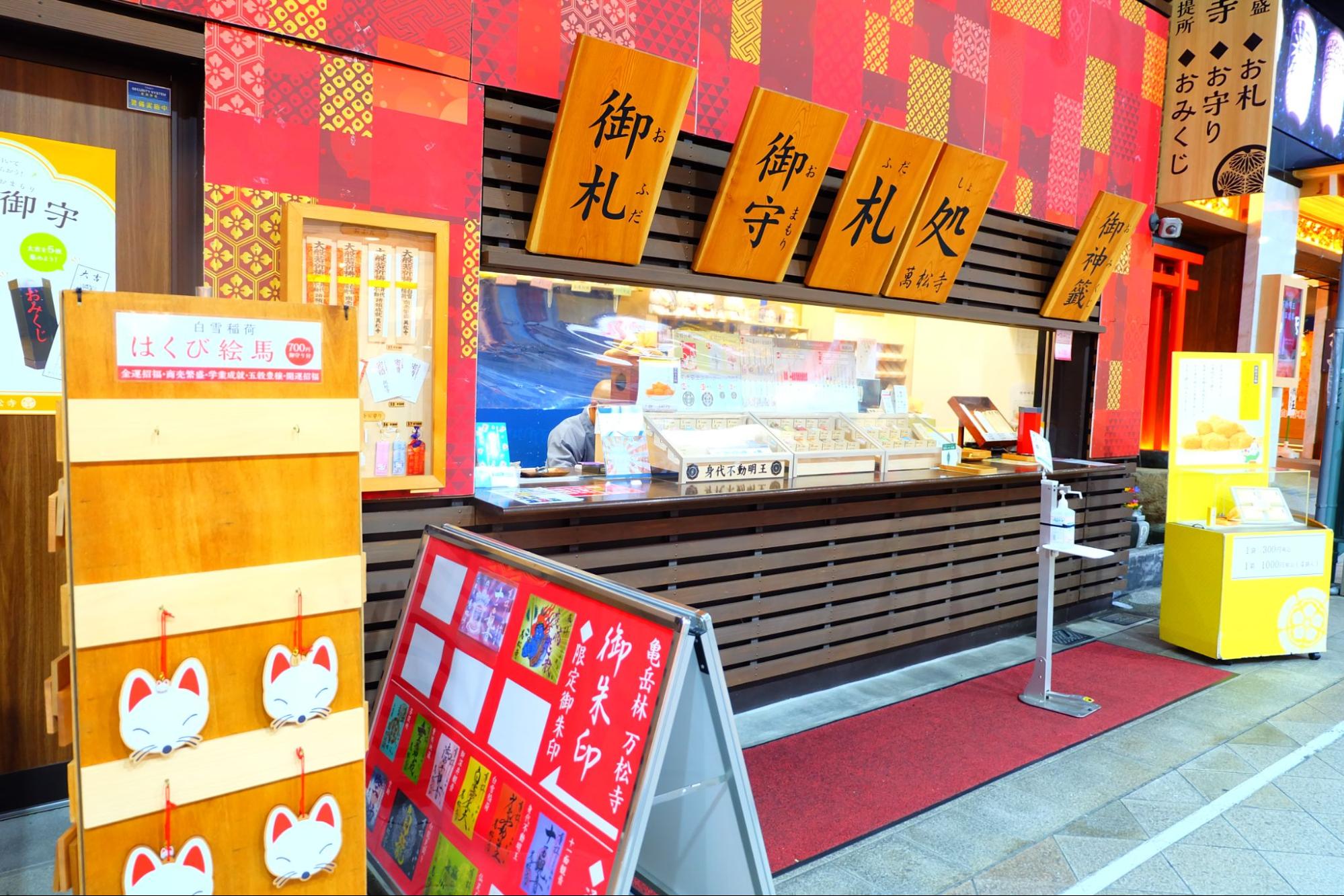
Omamori and goshuin are accepted at this Fudasho next to the front entrance.

There are two types of goshuin designs: one-sided and two-page spread types, as well as bookkeeping and writing type. The writing type is on colorful paper.
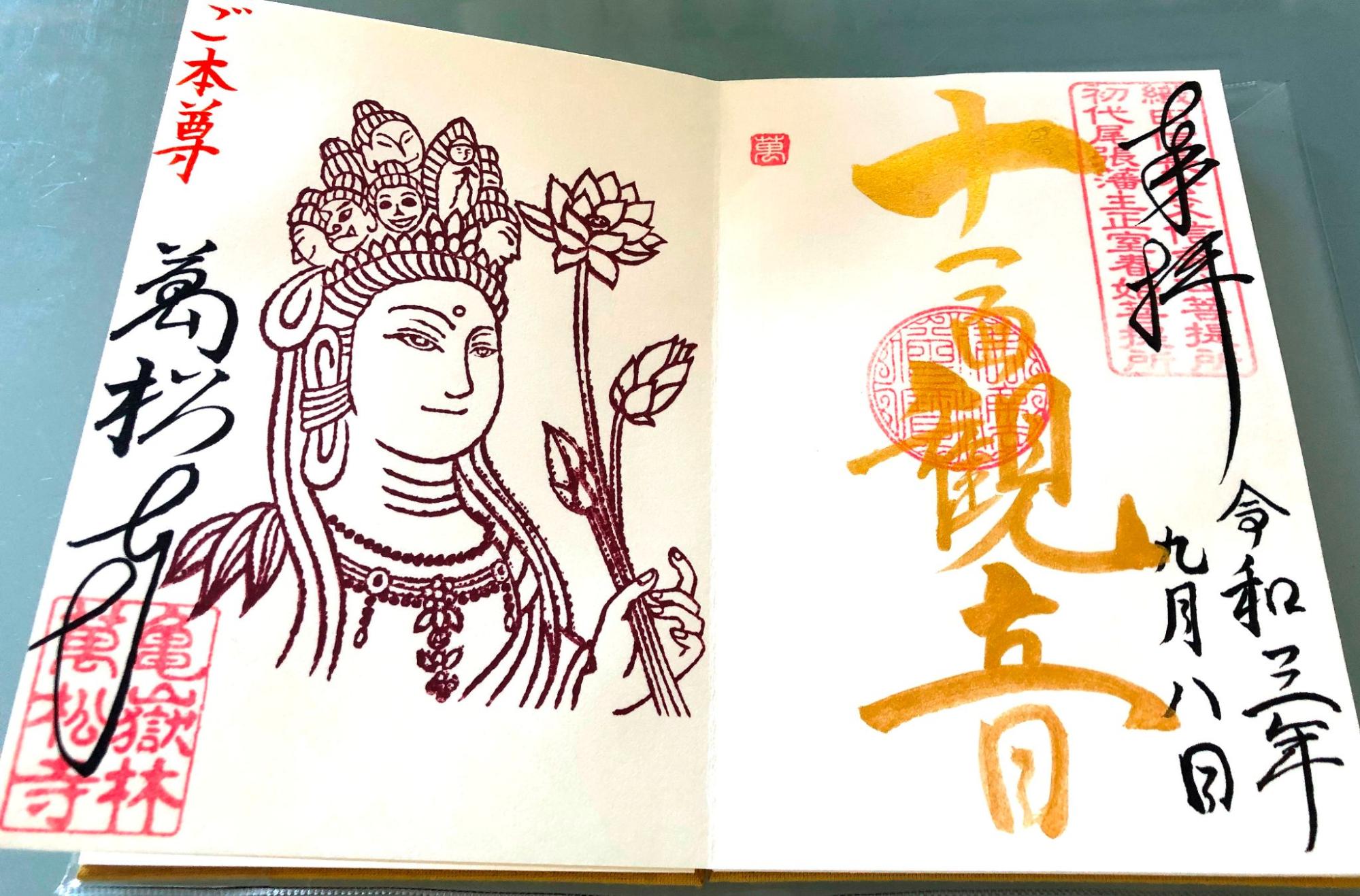
This is the goshuin (1,000 yen) of the main image of the eleven-faced Kannon. The gold letters are divine!
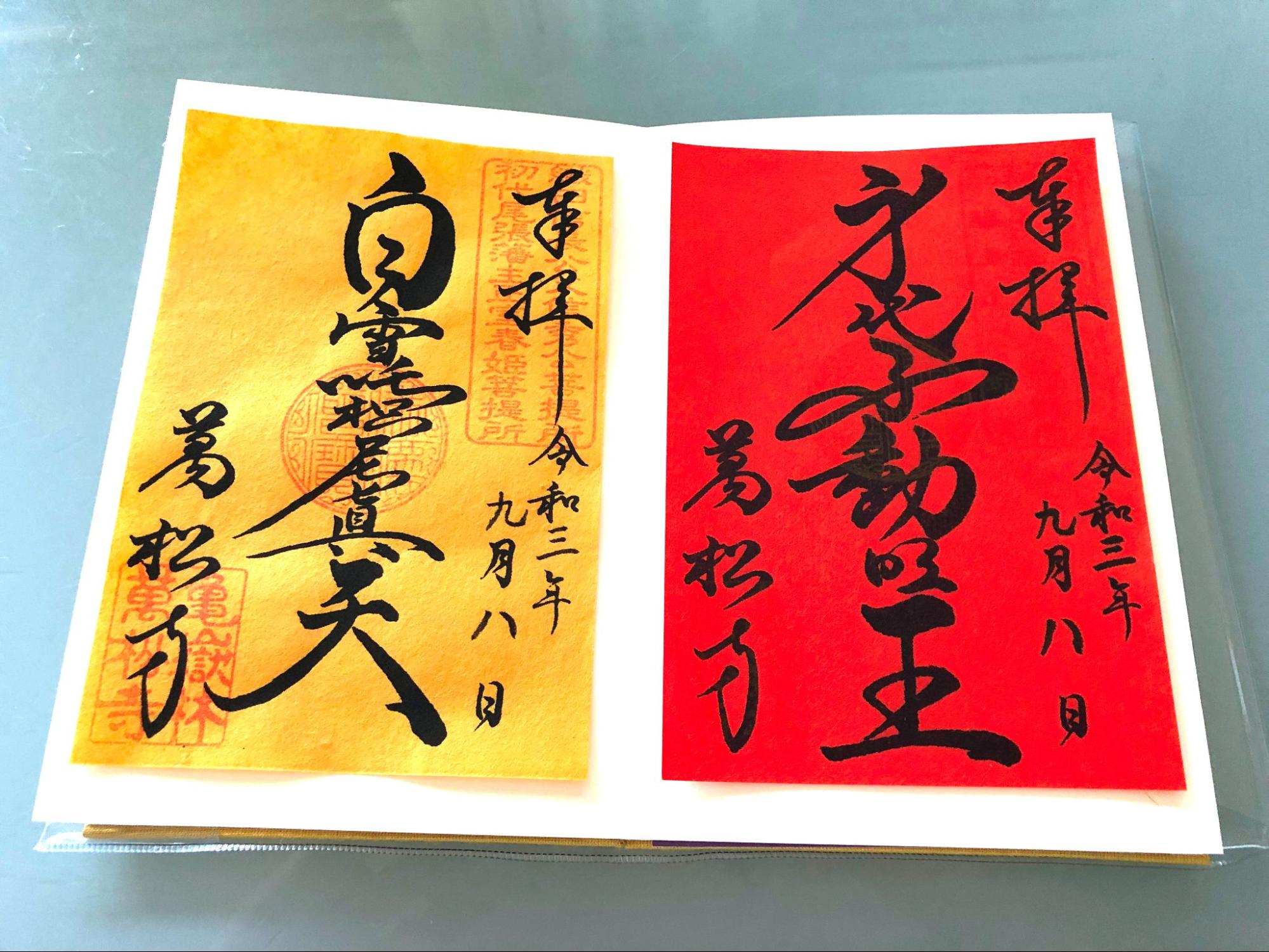
This is a regular type of goshuin. The right is the Goshuin of Migawari Fudo Myo-o, and the left is Shirayuki Inari. (300 yen each)
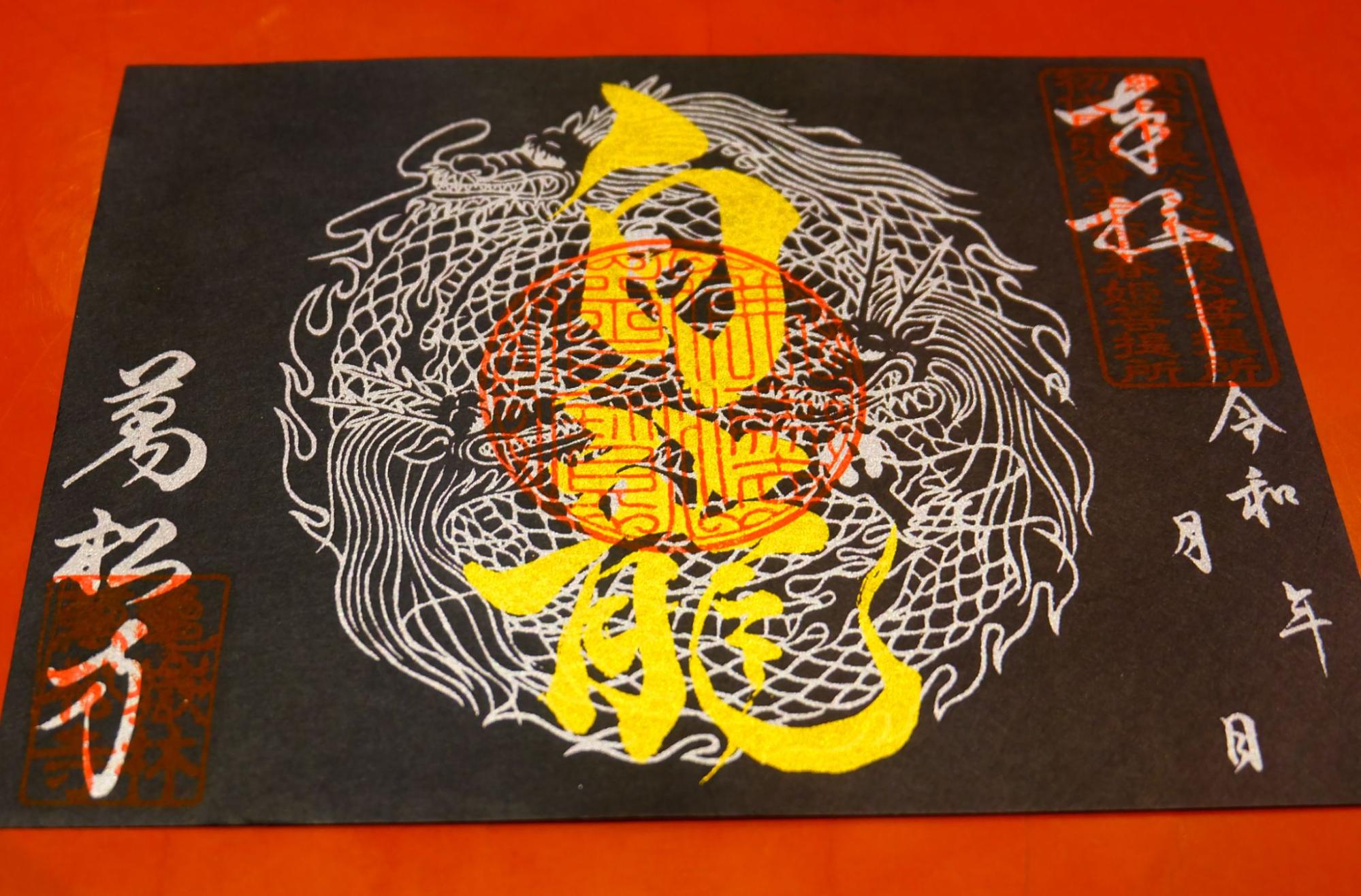
This goshuin, which has a cool white dragon illustration and gold letters on a black background, is a double-page spread and written type of the white dragon goshuin (1,000 yen).
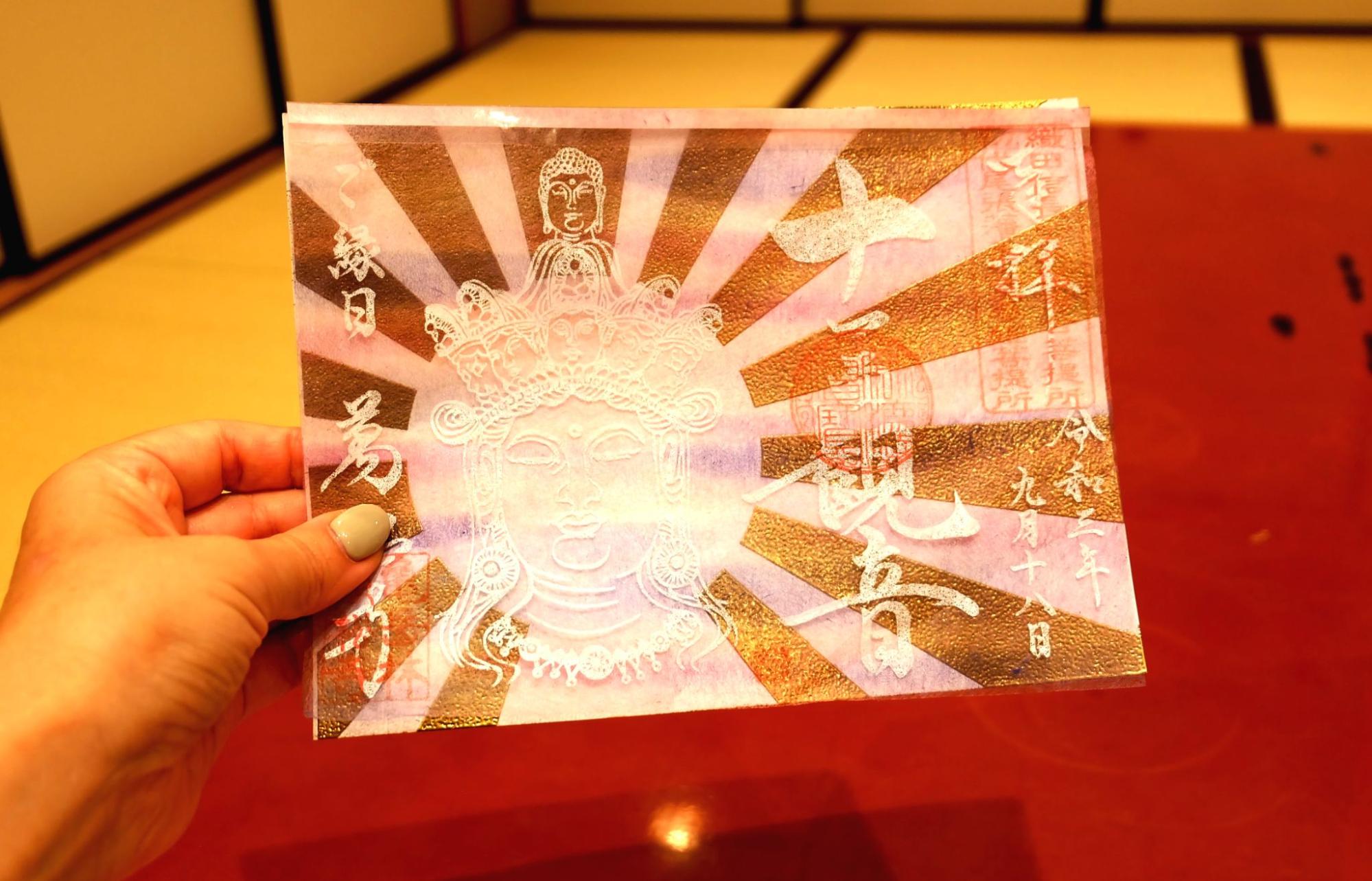
The photo is a goshuin of the Buddhist painting series for a limited time in September. It's a little unusual goshuin, which is made by stacking two sheets of eleven-faced Kannon illustrated on watermarked Japanese paper and a halo on a mount.
Some limited goshuin require reservations in advance, so be sure to check the website!
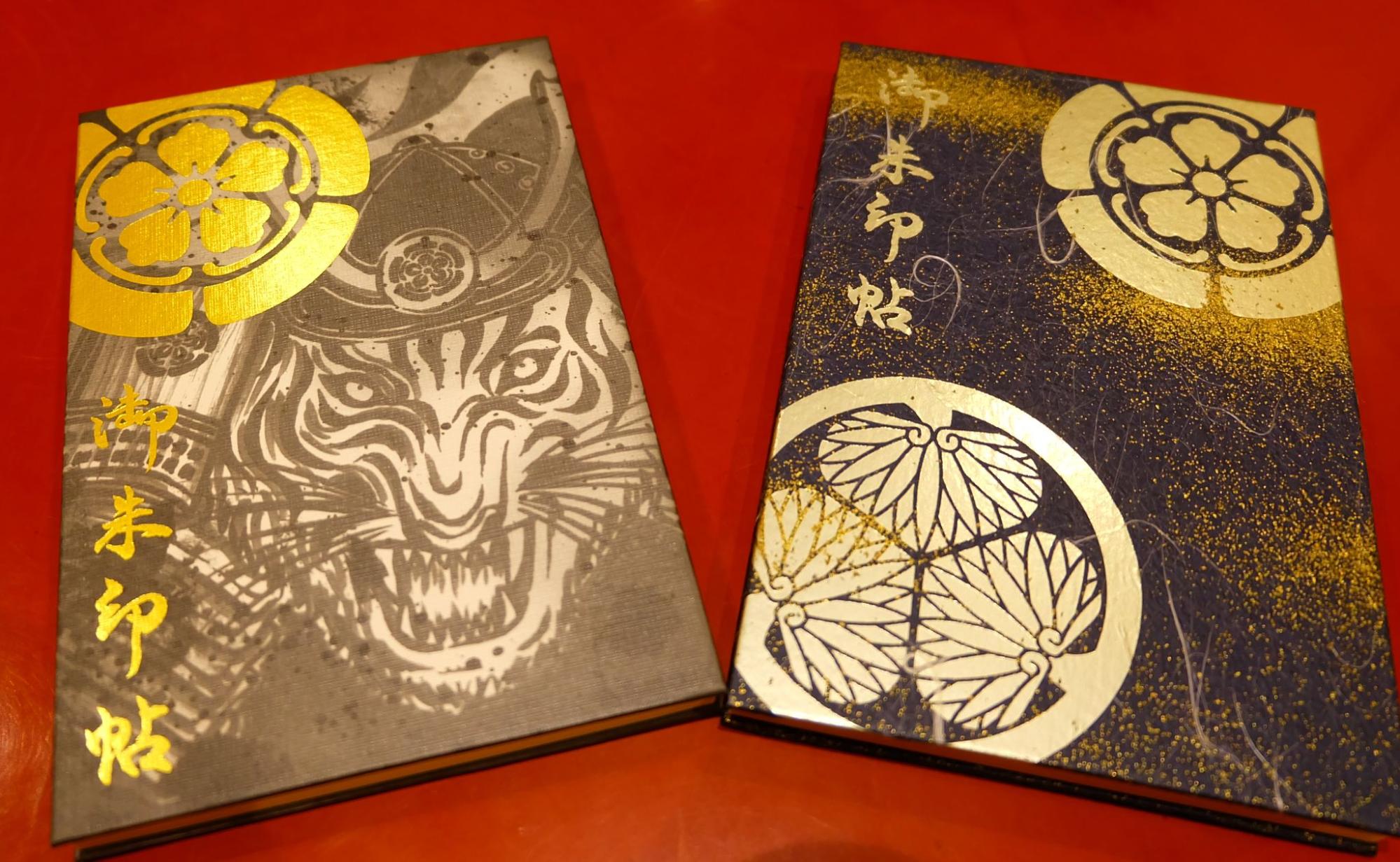
Banshoji also has a goshuin book with a cool illustration of a tiger and a goshuin book with the crests of both the Tokugawa and Oda families. (2,000 yen each)
A variety of good luck charms and cute fox ema (votive tablet)
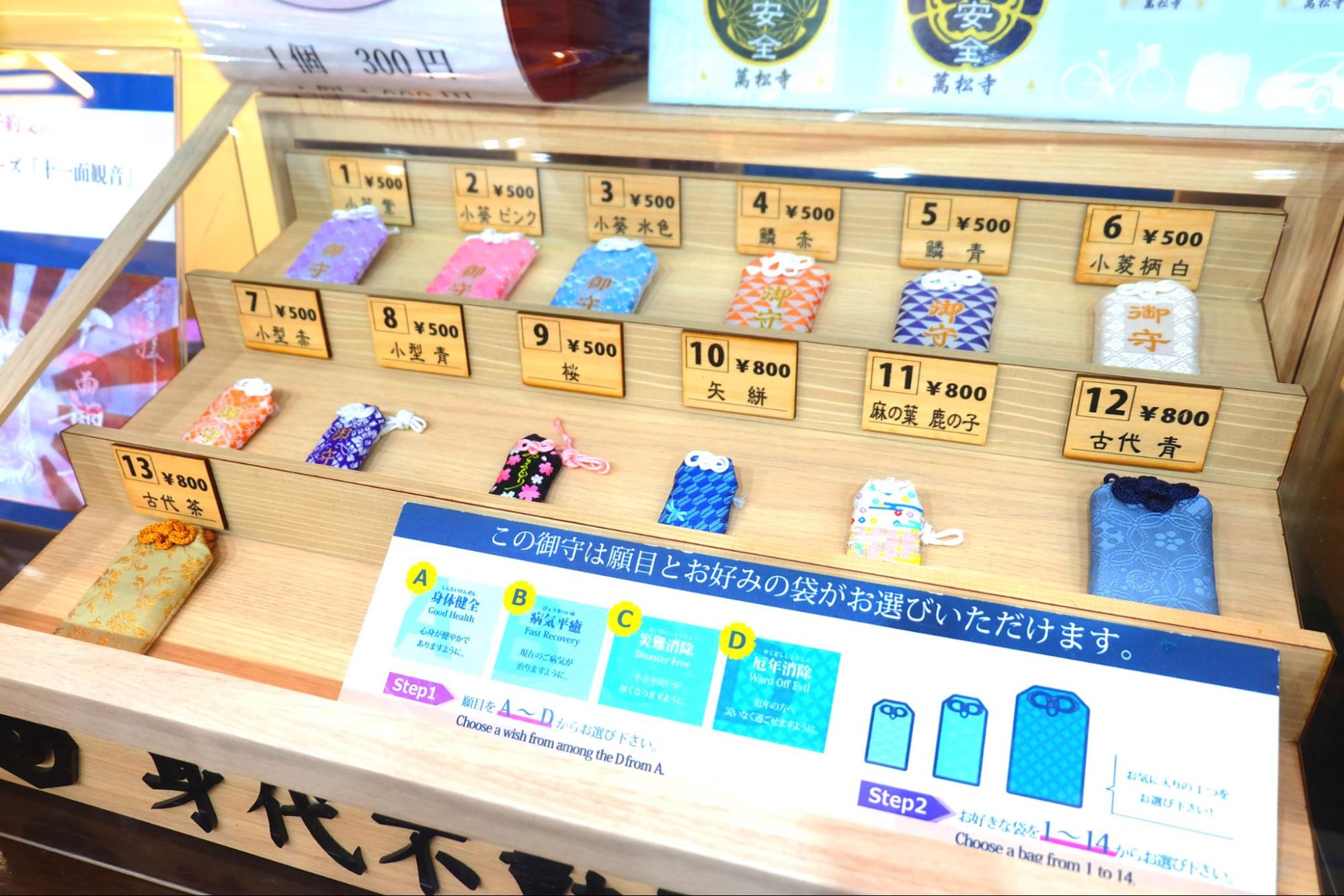

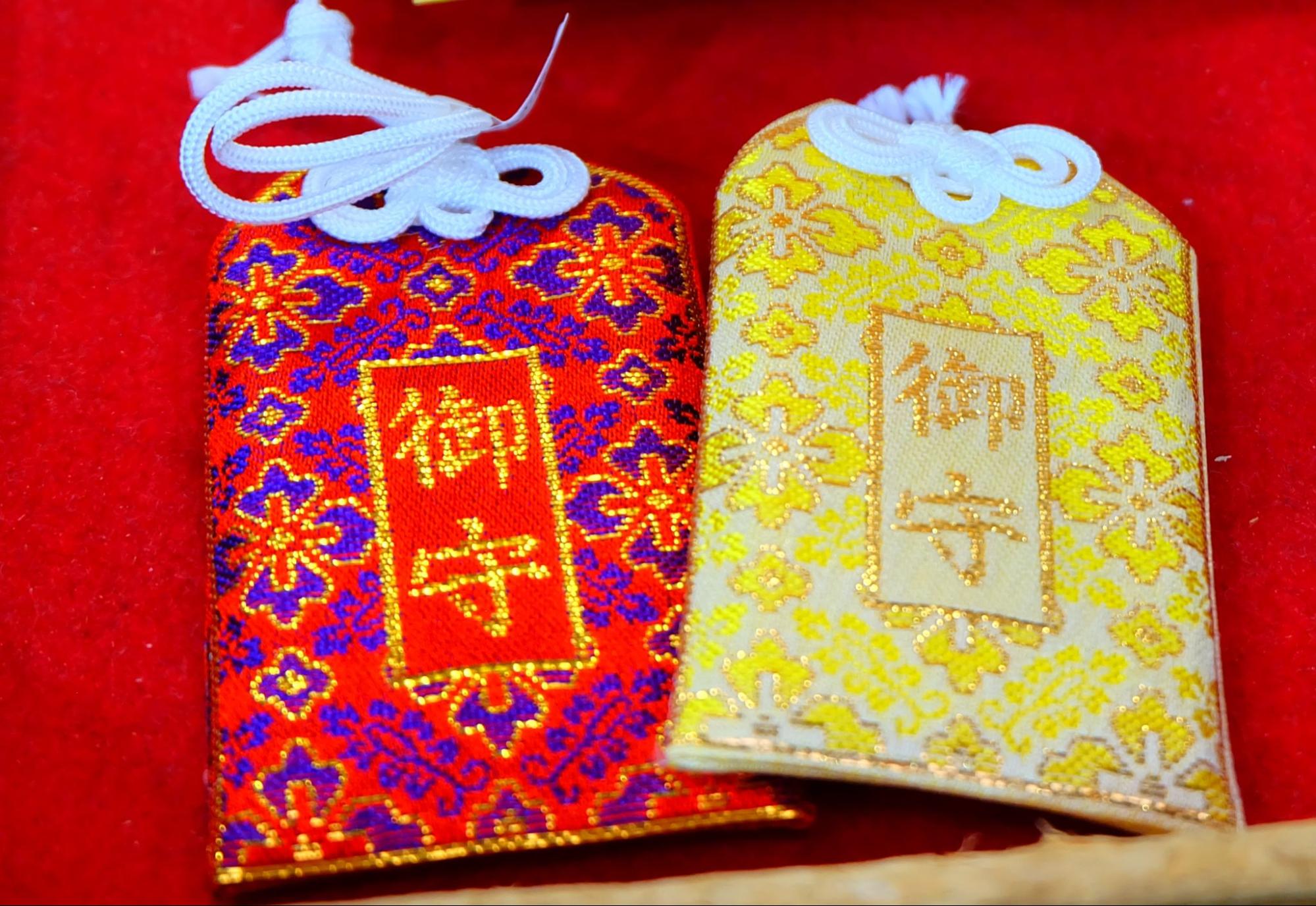
There are many amulets, but the most popular one is the amulet of Migawari Fudo Myo-o, who is said to have saved Nobunaga's life (500 yen).
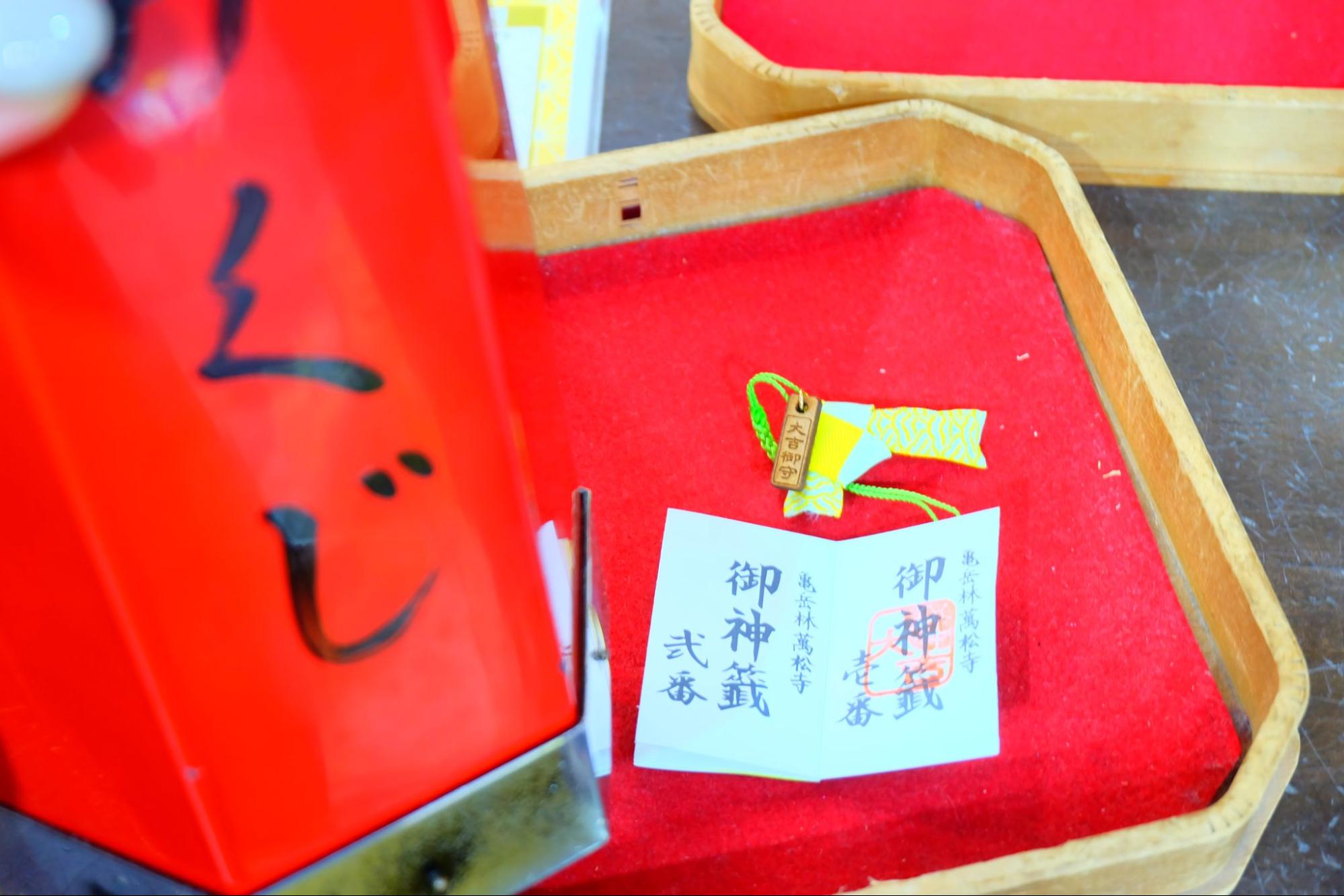
In addition, you can get a limited amulet if you get 5 daikichi in the omikuji!
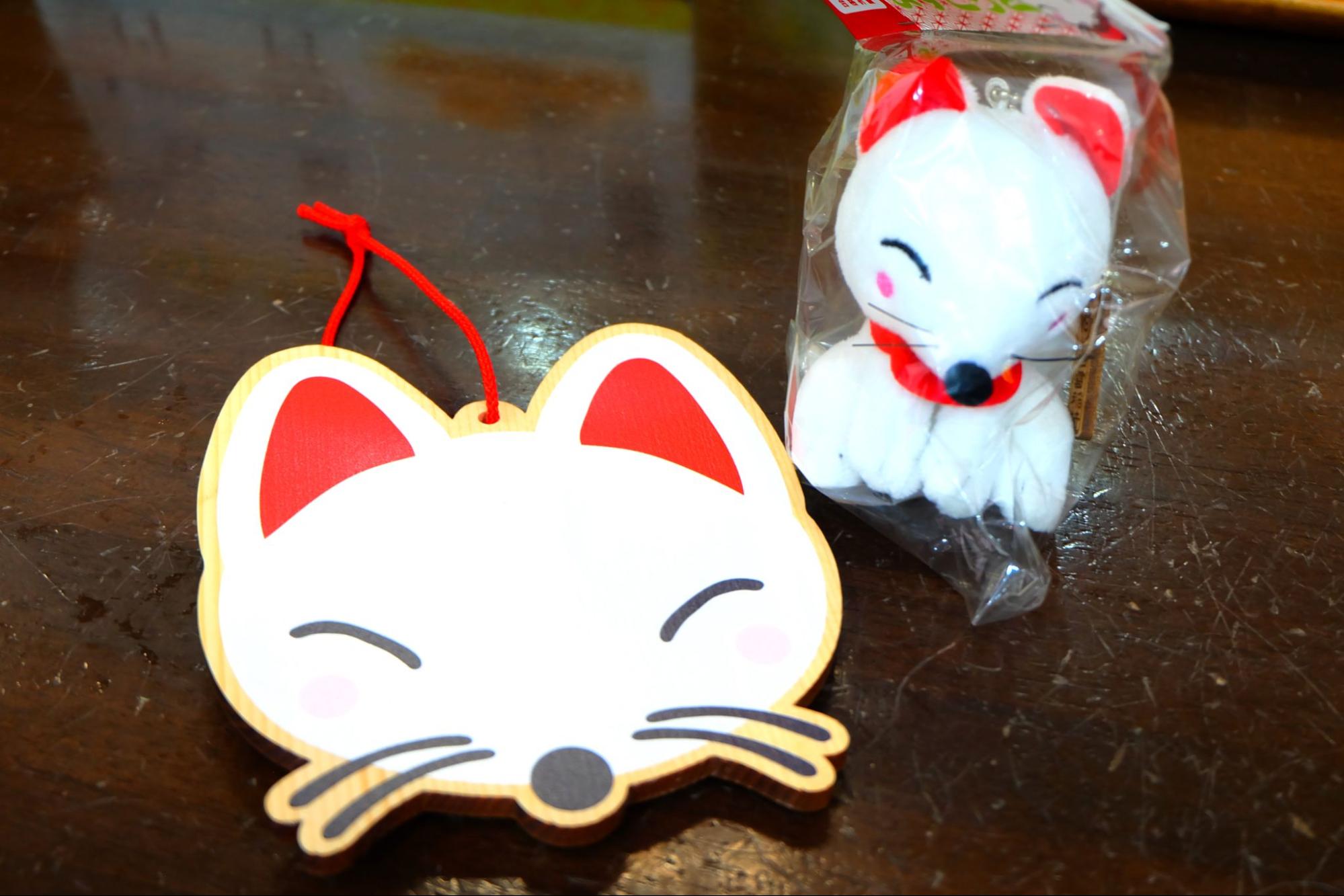
The ema and mascot of Shirayuki Inari are also cute.

At the entrance, there are votive tablets of Shirayuki Inari. Osu Shopping Arcade is a place where shops line up, so it may be that people are even more enthusiastic about wishing for prosperous business.
What is the substitute rice cake that saved Nobunaga's life?
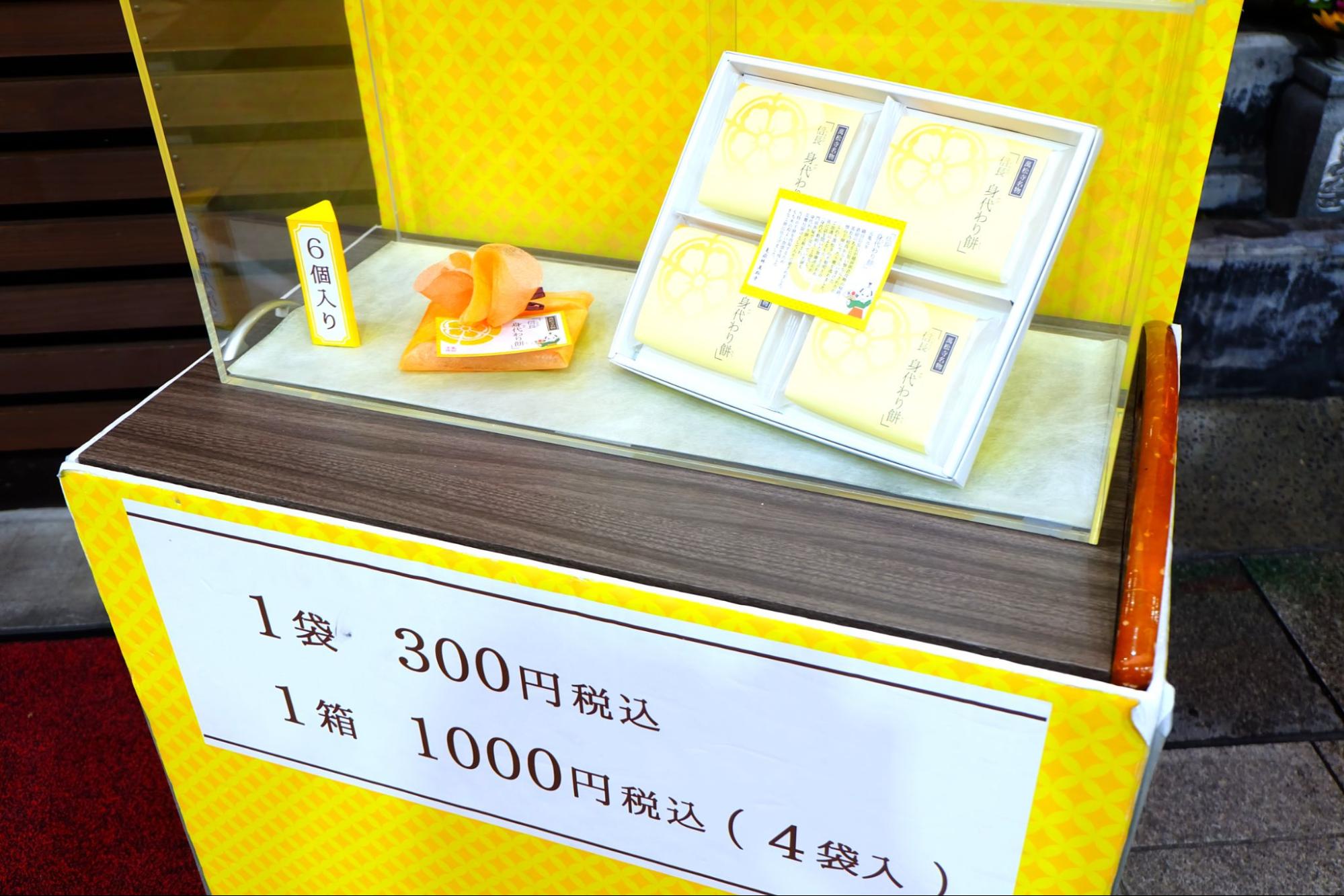
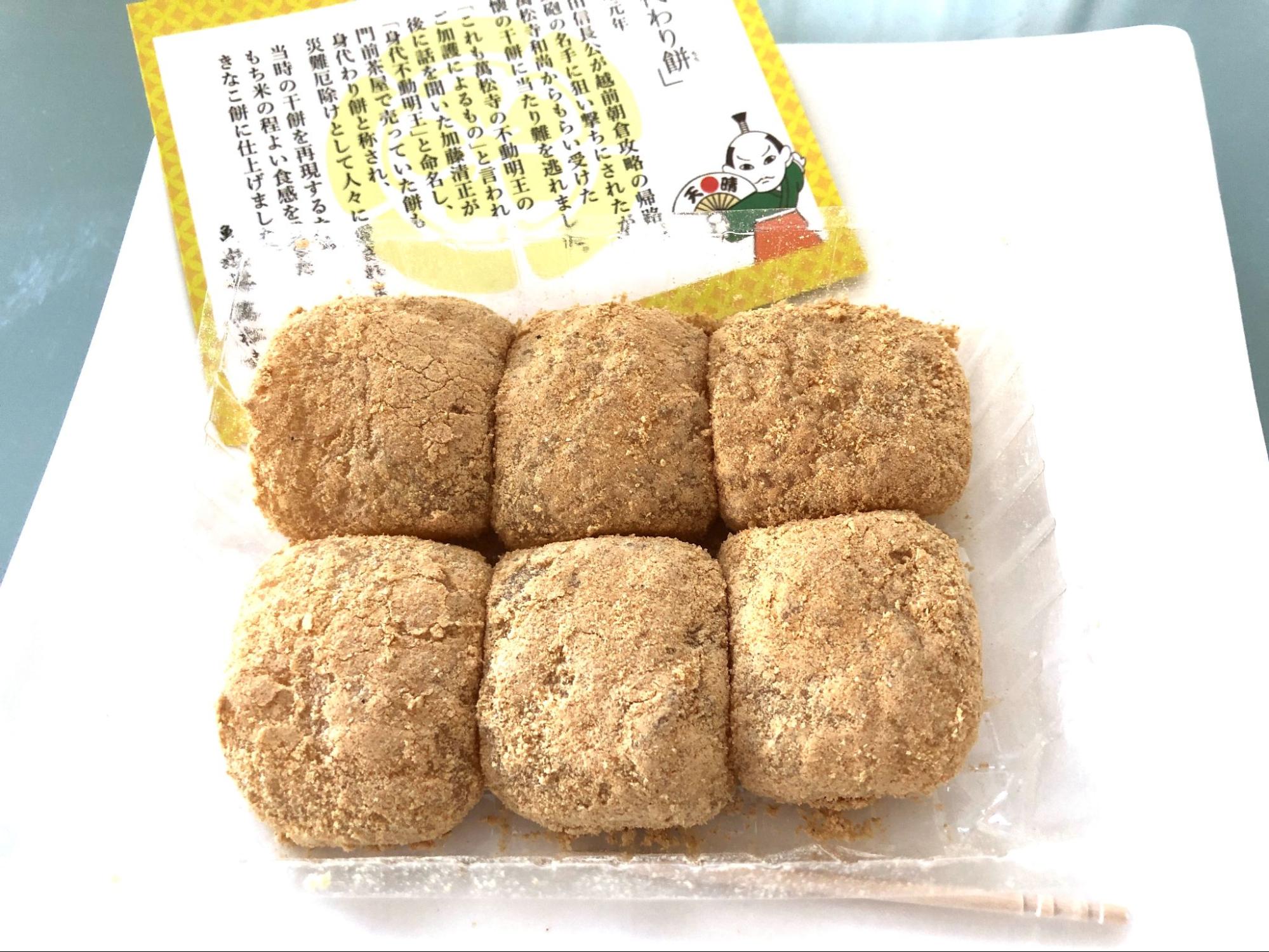
As I explained at Fudodo, the modern version of the Migawari mochi is a reproduction of the dried mochi that saved Nobunaga's life. Kinako mochi, which has a chewy texture, is bite-sized and easy to eat, and you can buy a bag of 6 pieces for 300 yen. 1 box (4 bags) is even better!
Various styles of ossuaries to meet your needs

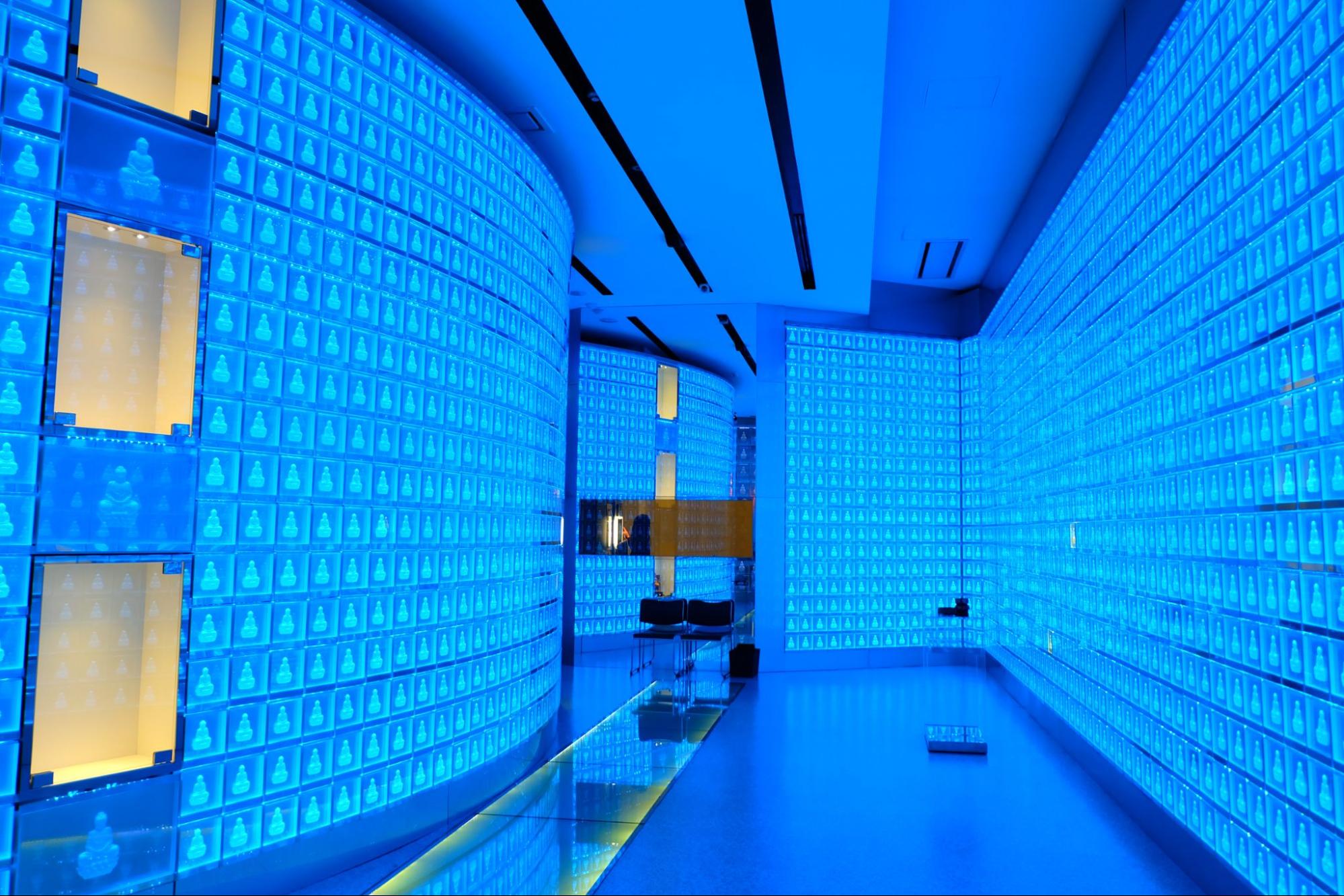
The most surprising thing about Banshoji was the ossuary, named "Suishoden." The glittering structure makes it hard to believe that it is an ossuary, and it is completely different from the image of an ossuary.
Why on earth is it designed like this?
The head priest of the temple told us that his wish was to make people feel a little brighter when they visit the temple. It is true that when you enter this space, it makes you forget for a moment that it is an ossuary.
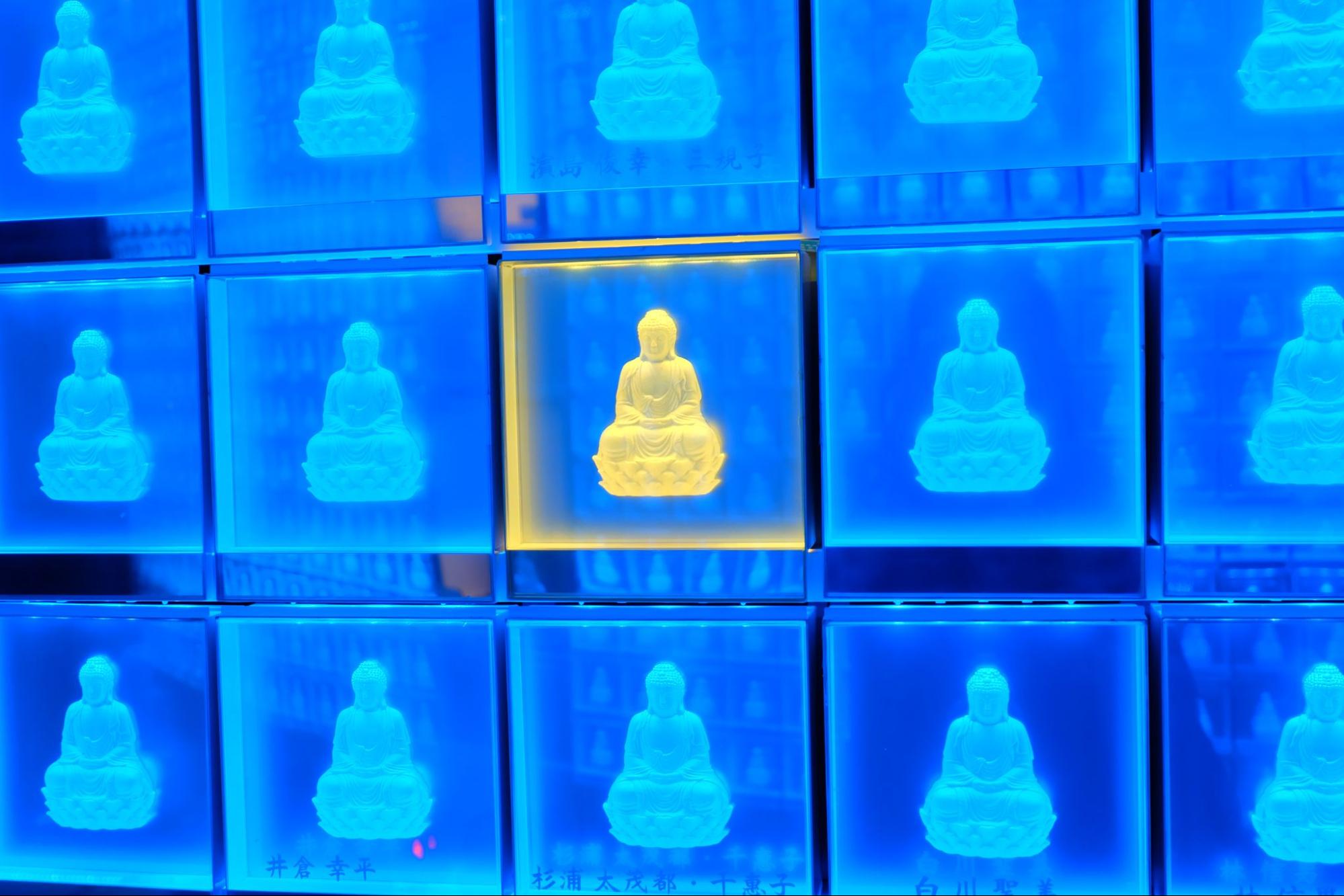
When you authenticate at the entrance, the place where the ashes are placed will light up.

The entrance is like a stylish high-end bar.

In addition, there is a Buddhist altar-type ossuary where you can feel the warmth of wood with natural light. It's nice to be able to choose a style of ossuary that suits your needs.
Aiming to be a vibrant temple for people who “live in the present”
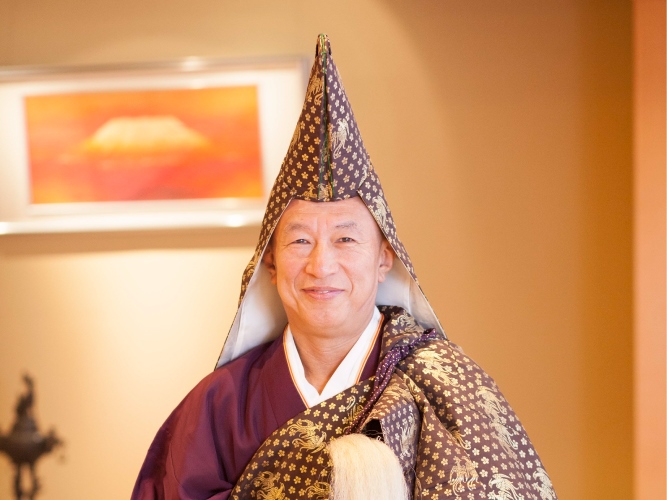
The current 42nd head priest, Daito, is a very powerful person. In addition to being a monk, he has a license to be an acupuncturist. Dharma talks are also held regularly.
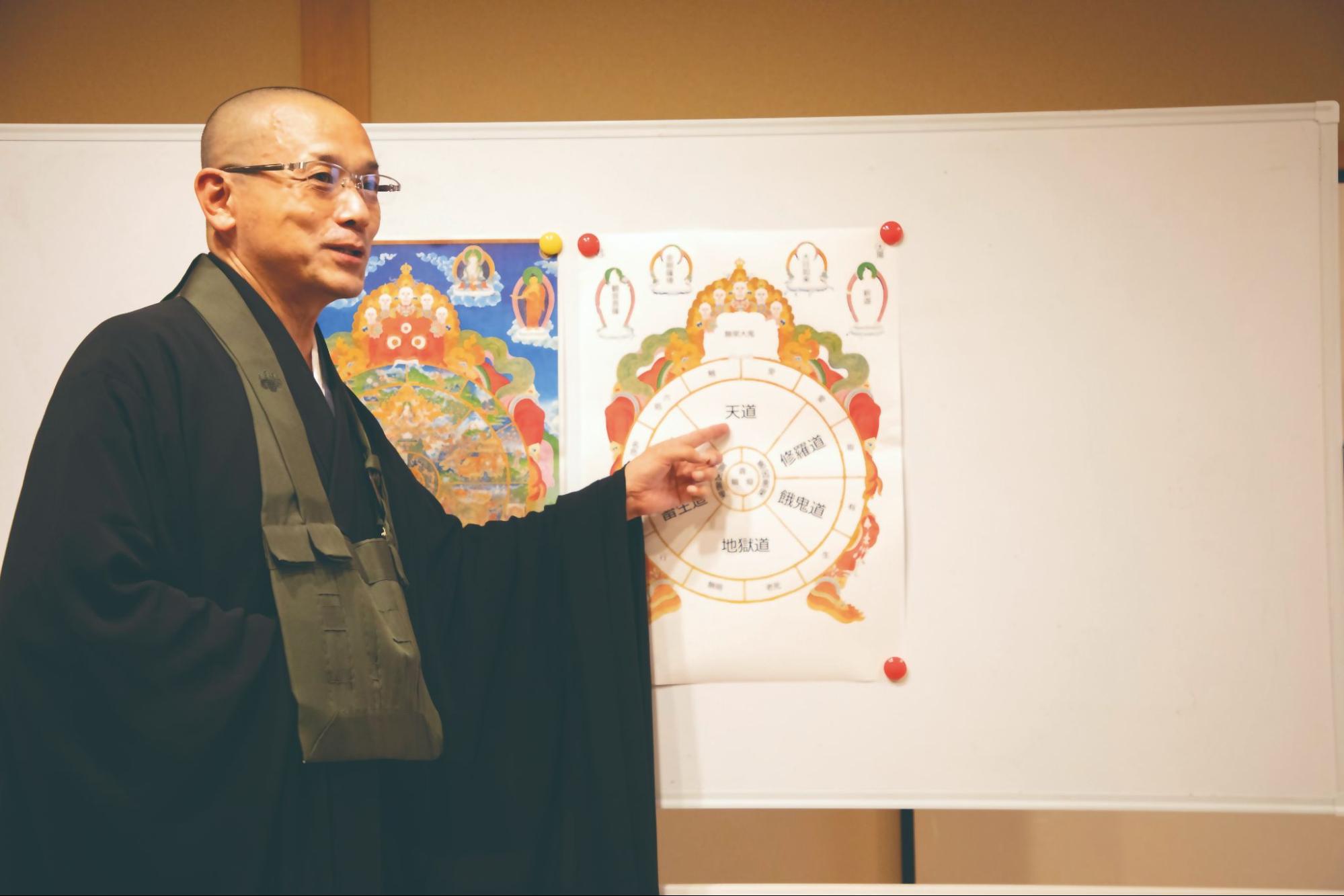
Buddhism Study Group: A monk from Banshoji gently teaches the teachings of Buddhism
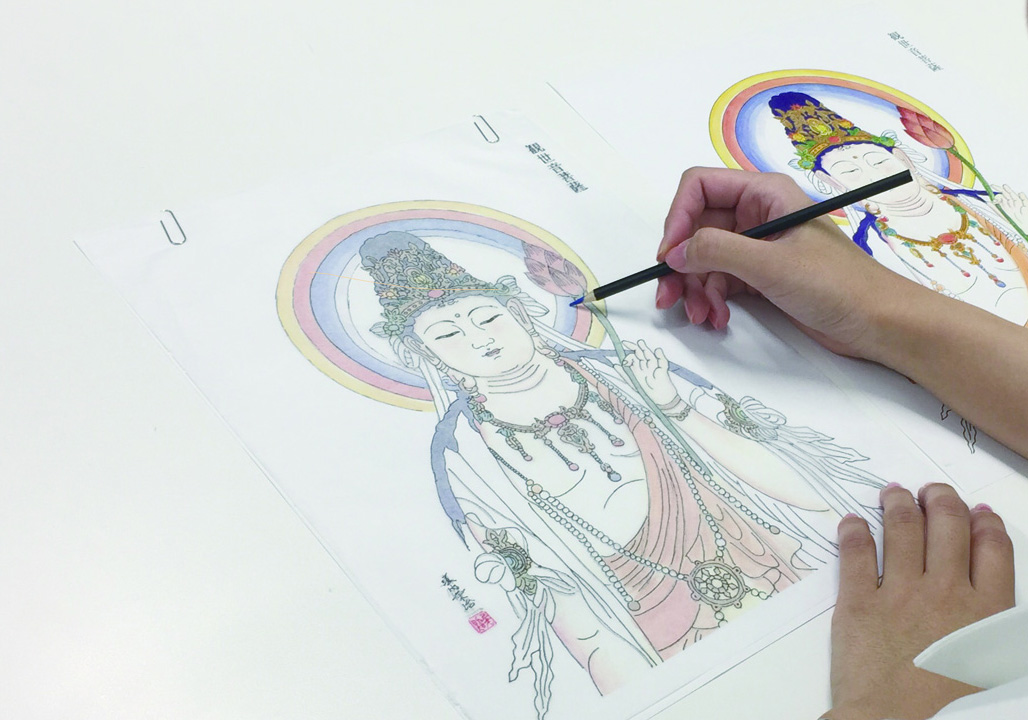
In addition to Shabutsu-kai (a Buddhist painting session in which participants mindlessly copy and color a sketch of a Buddha), there are also Shakyo-kai (a Buddhist sutra session in which participants quietly write and copy Buddhist scriptures), and Zazen-kai (a Buddhist meditation session in which participants experience breathing exercises and other manners to improve their mind and body).
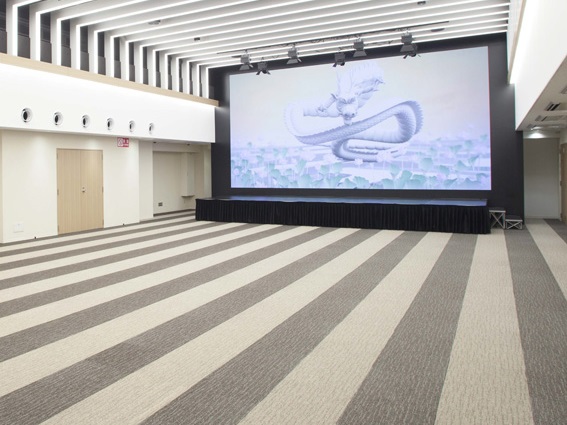
At the core of this is the idea of "a temple for the living that can provide support for their daily lives," and in fact, the temple is also involved in the "Otona no Terakoya" activities, and the newly built Hakuryu Hall on the second floor of Hakuryu Kan can be used as a shelter in the event of an emergency or disaster.
In the Sengoku period, temples were considered a symbol of wealth, but nowadays, there are many other opportunities besides funerals and Buddhist memorial services. It is by no means a special place, and if you stop by casually, it may lead to new discoveries.


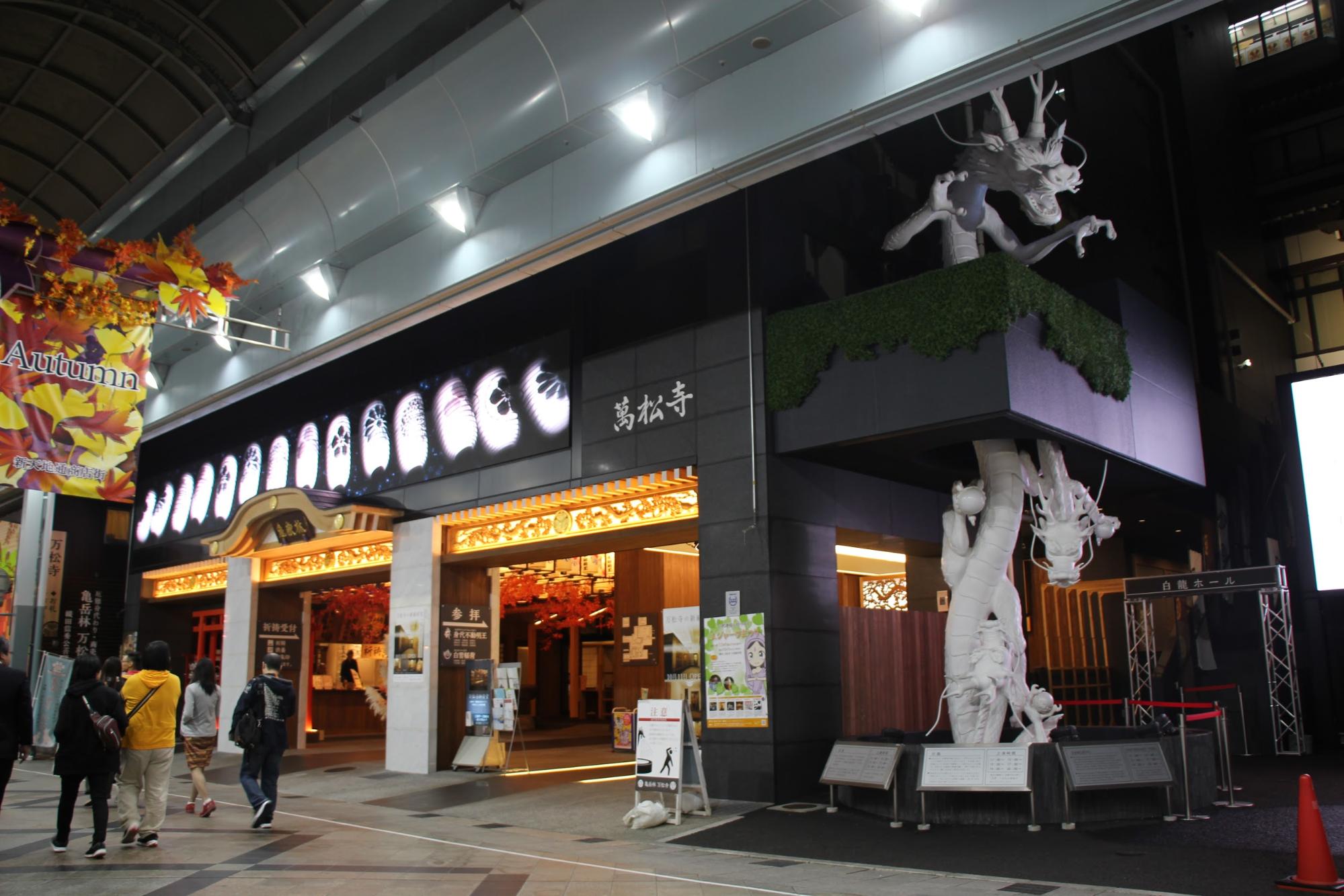
![[Tokai Area] Shrines and Temples](https://life-designs.jp/wp/wp-content/uploads/2022/03/4b6784b9a0a6f408160ee9c32a307138-1024x580.png)
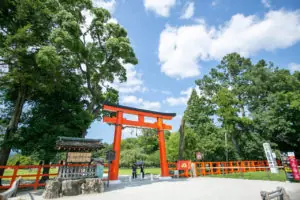

![[Ozone, Nagoya] "Yamada Tenmangu" where you can Visit with All Kinds of Purposes](https://life-designs.jp/wp/wp-content/uploads/2022/02/image31-4-2-656x437.jpg)

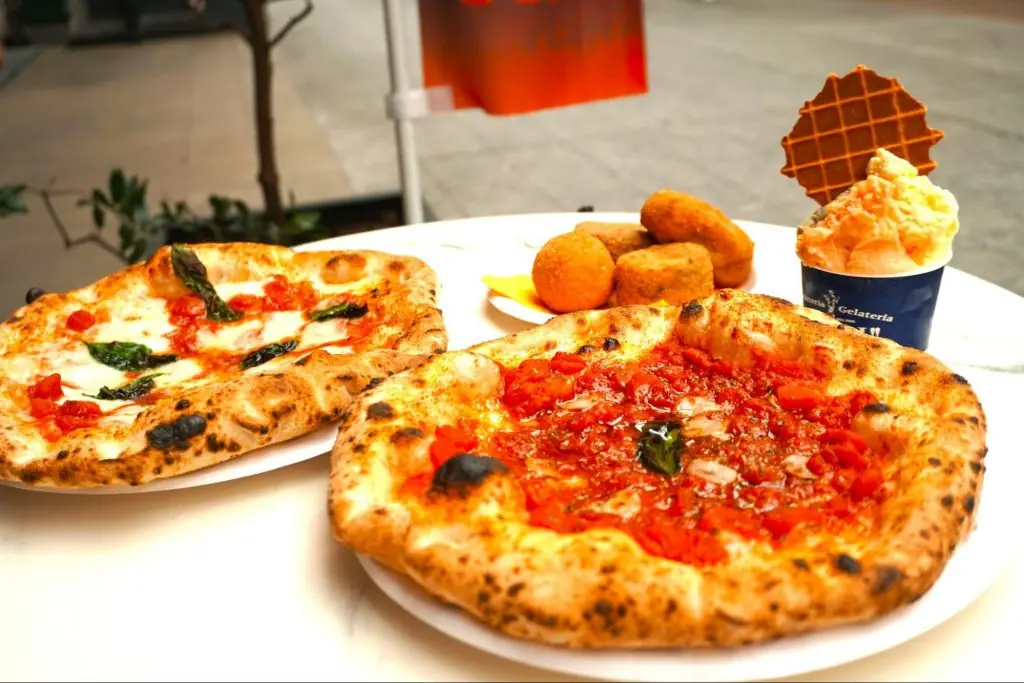
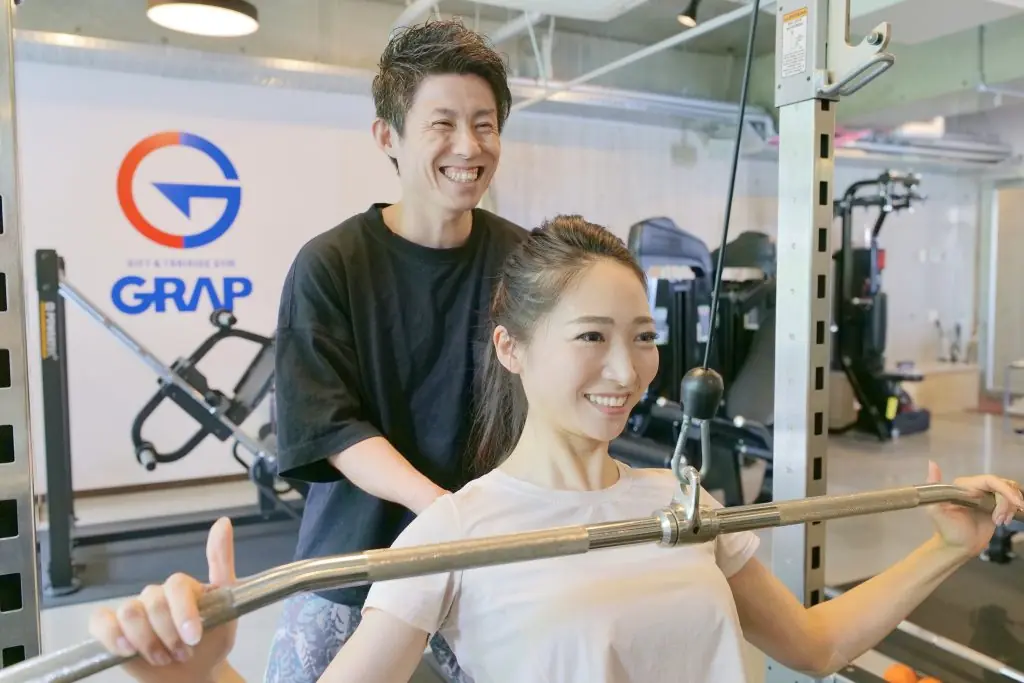
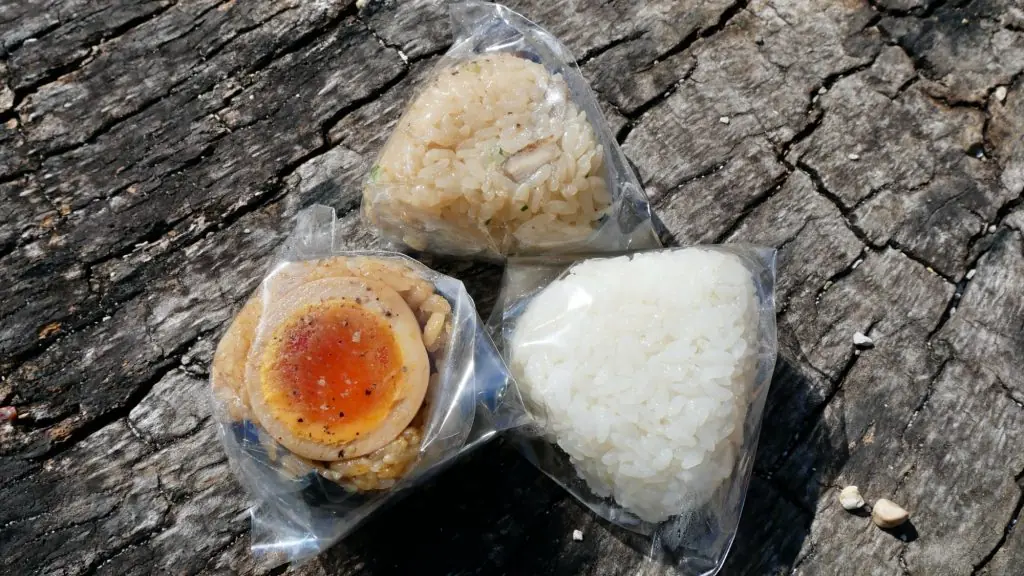
![[Mishima city, Shizuoka] Introduction to "Mishima Taisha"](https://life-designs.jp/wp/wp-content/uploads/2022/12/image5-1024x768.jpg)
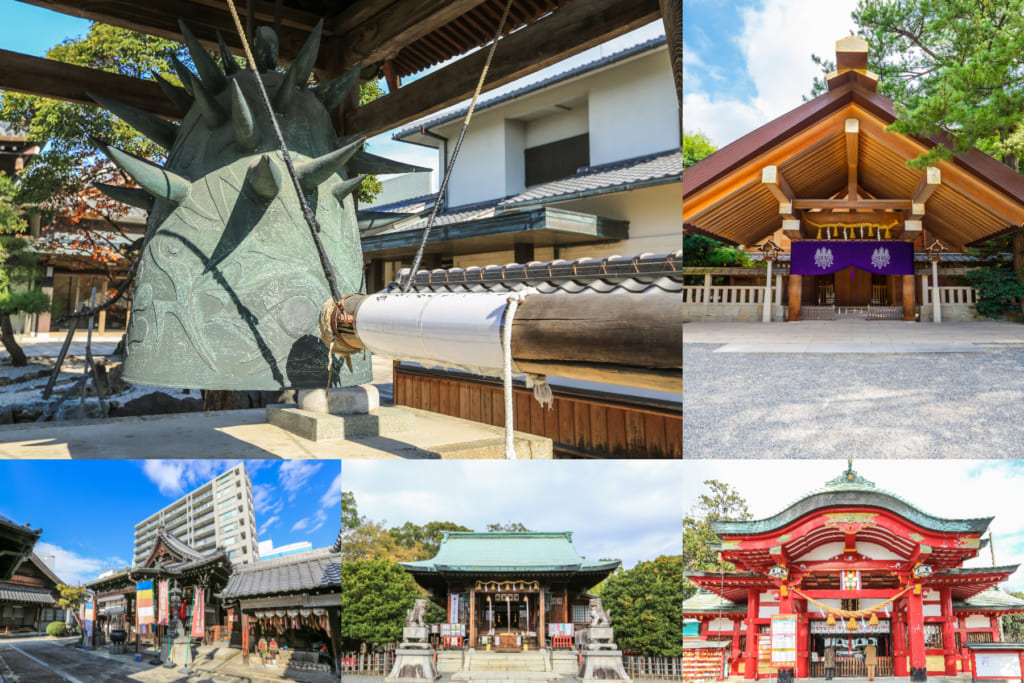
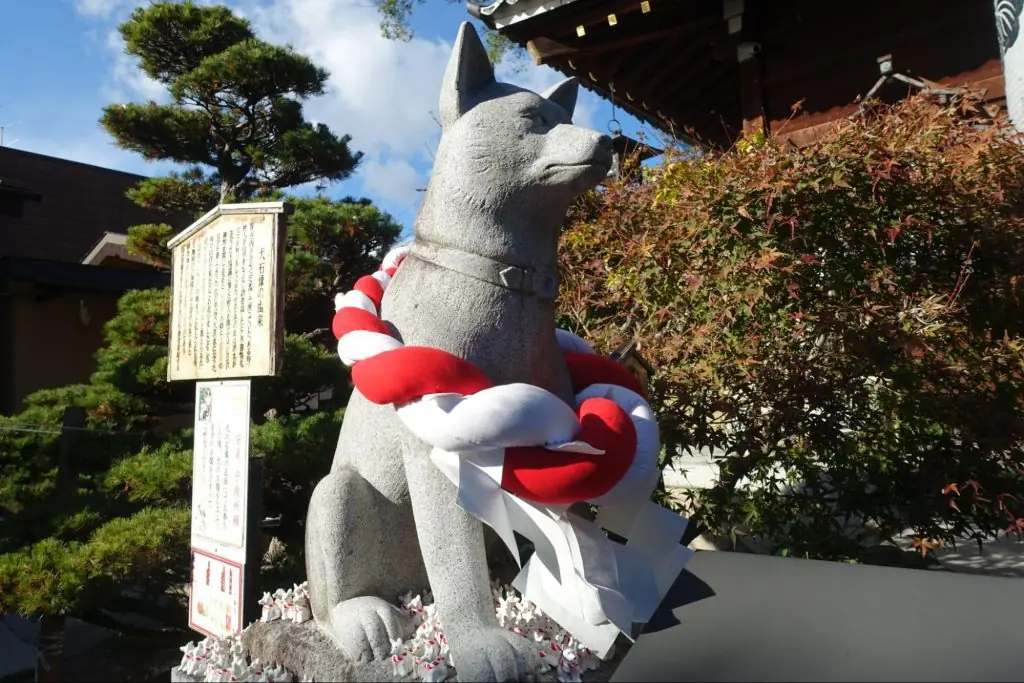
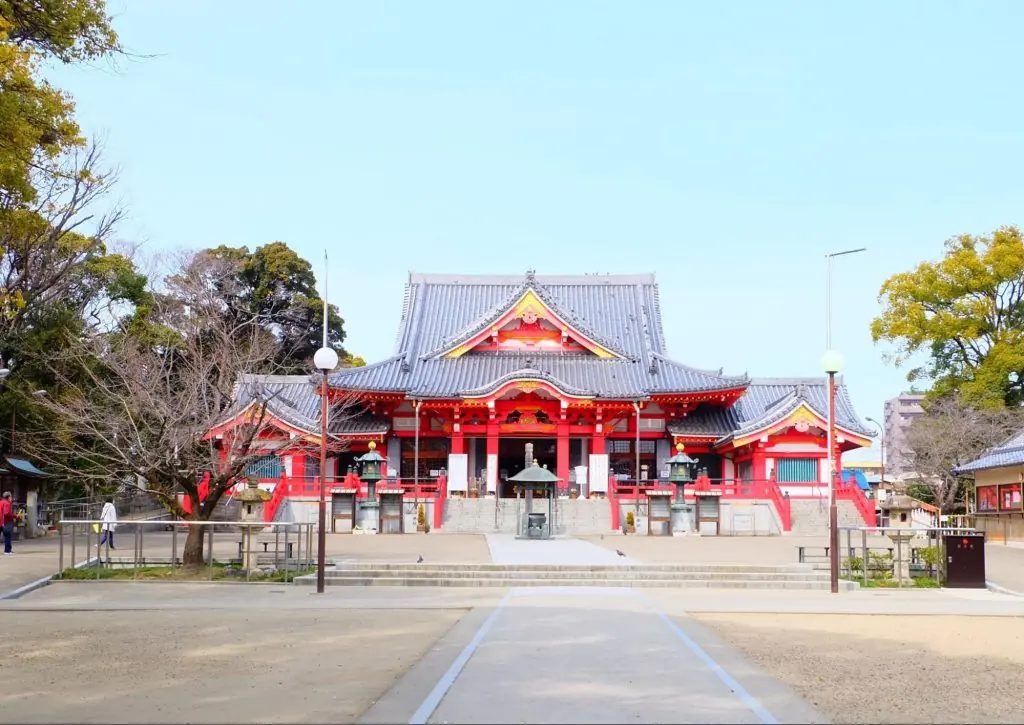

![[Indoor Facilities] Where to Go on Rainy Days in Tokai Area! For Family Outings!](https://life-designs.jp/wp/wp-content/uploads/2023/07/FotoJet-23.jpg)





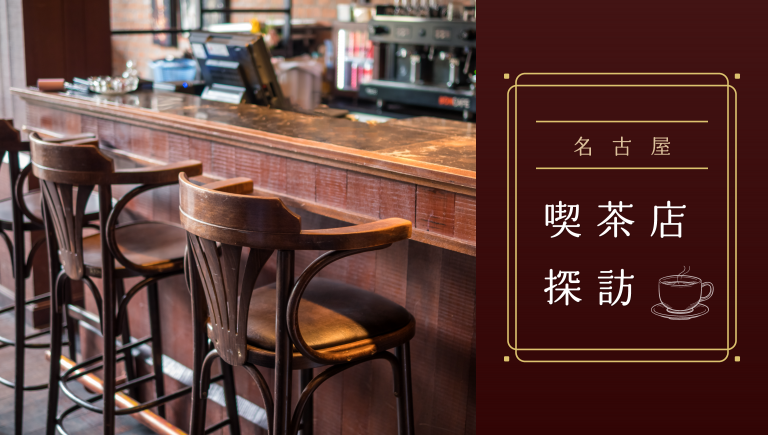
![[Enjoy Kuwana! ] From Classic to the Latest Spots](https://life-designs.jp/wp/wp-content/uploads/2022/11/Kuwana_w1920x1088-1-768x435.png)
![[Tokai Area] Place to Go on Rainy Days!](https://life-designs.jp/wp/wp-content/uploads/2022/03/f76405aaa33944a4ba88a131fbc56523-1024x580.png)
![[Nagoya-meshi] Nagoya's Speciality Dishes](https://life-designs.jp/wp/wp-content/uploads/2022/06/5ba2ca8c038fd4af7527bc0826367cfb-1024x580.png)
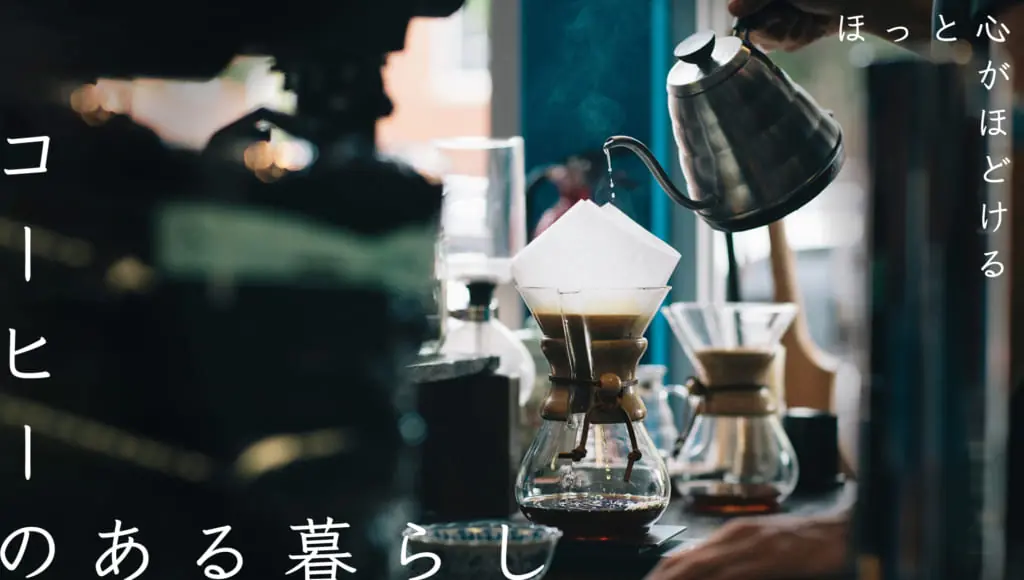
![[Osu Special Feature] A City of History and Uniqueness](https://life-designs.jp/wp/wp-content/uploads/2022/03/01_Osu-1-1024x580.png)
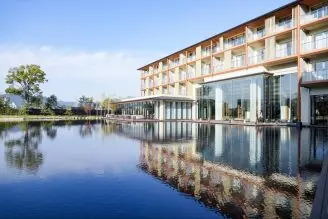

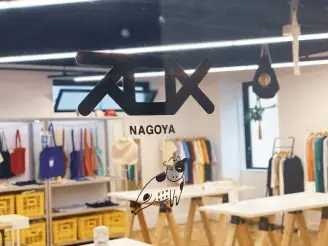
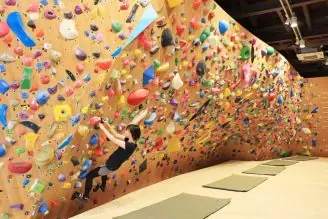
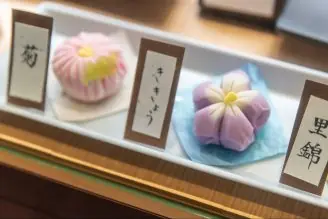
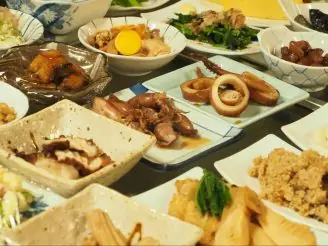
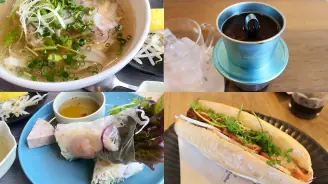
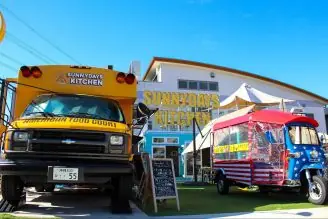

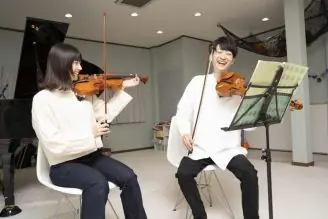
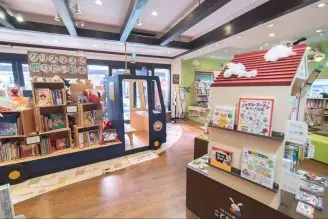
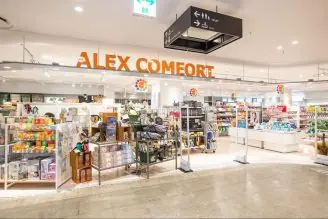
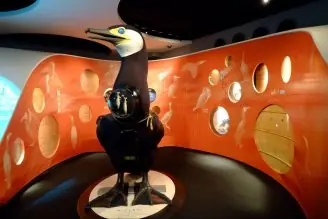
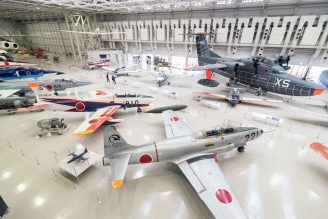
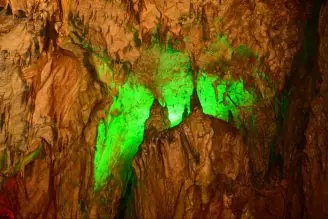
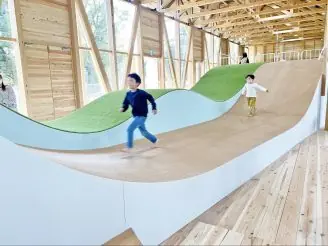
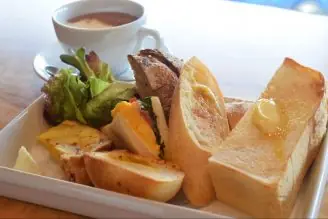
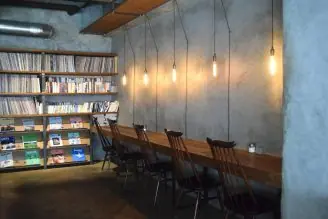
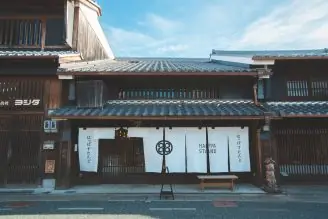
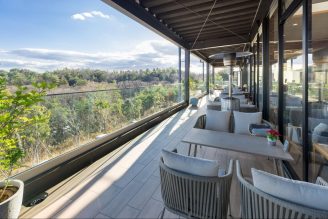


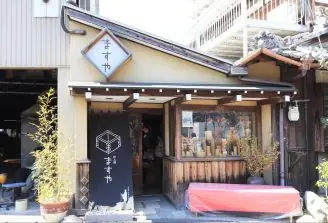
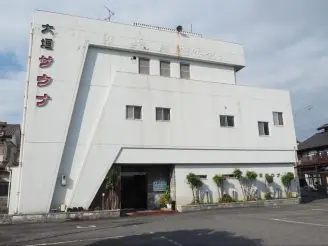

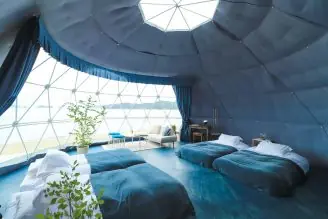

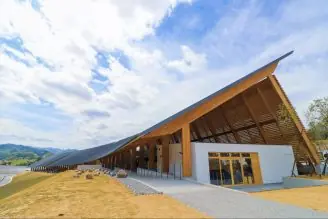
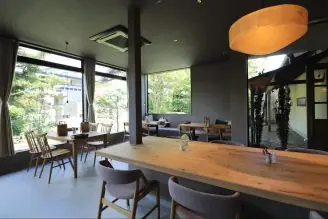
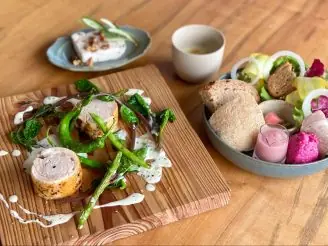

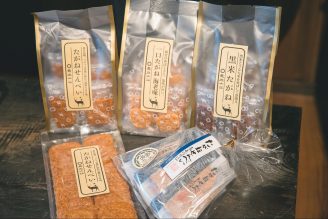
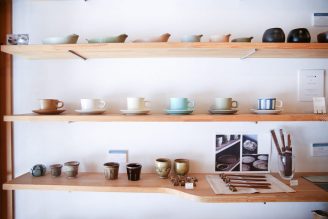
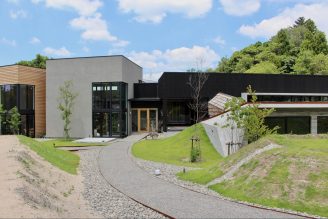

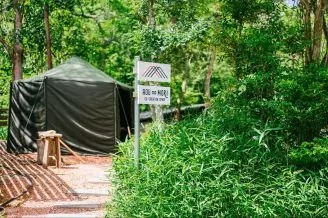

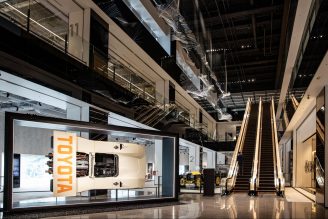

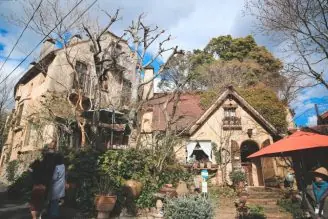




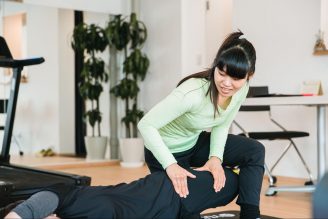
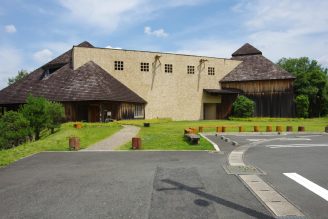

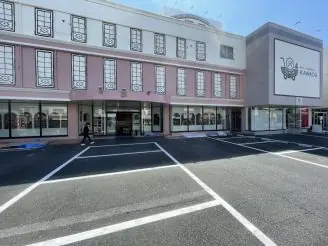
![[Indoor Facilities] Where to Go on Rainy Days in Tokai Area! For Family Outings!](https://life-designs.jp/wp/wp-content/uploads/2023/07/FotoJet-23-1024x768.jpg)
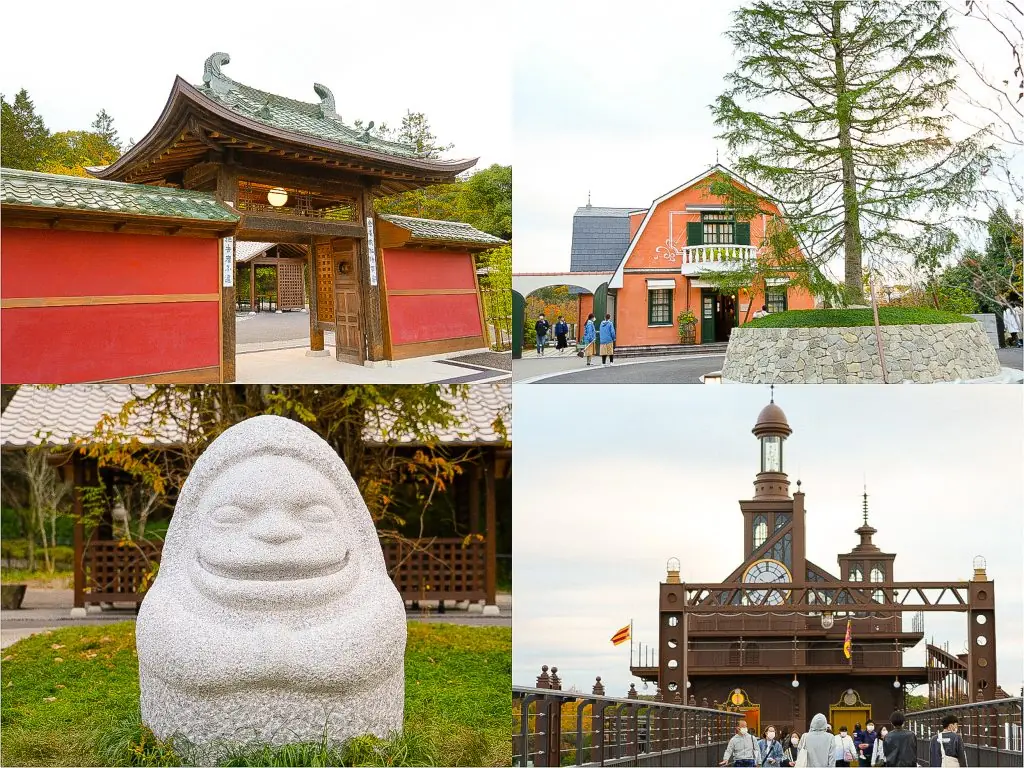
![[10 selections] Recommended for Girls' Trip from Nagoya! Special feature on Hotels and Inns](https://life-designs.jp/wp/wp-content/uploads/2022/11/FotoJet-1-1024x768.jpg)
![[20 Selections] Nagoya Souvenirs: Non-Sweet & Recommended Snacks Available at Nagoya Station](https://life-designs.jp/wp/wp-content/uploads/2025/07/image3-2-1024x683.jpg)
![[Within 2hrs by Car] 12 Outing Areas where You can Go on a Day Trip from Nagoya!](https://life-designs.jp/wp/wp-content/uploads/2023/07/odekake12_w1200h900_20240422-768x576.png)
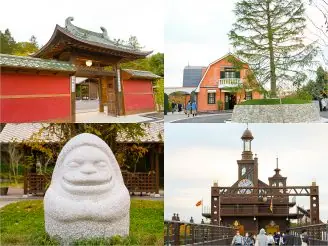
![[Aichi, Gifu, Mie] 30 Family-Friendly Spots to Go in Winter!](https://life-designs.jp/wp/wp-content/uploads/2019/12/image21-1-150x106.png)
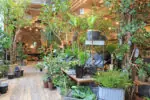
![[Nagoya, Aichi] Recommended Shops to Buy Tablewares around Nagoya](https://life-designs.jp/wp/wp-content/uploads/2019/11/image12-26-150x100.jpg)
